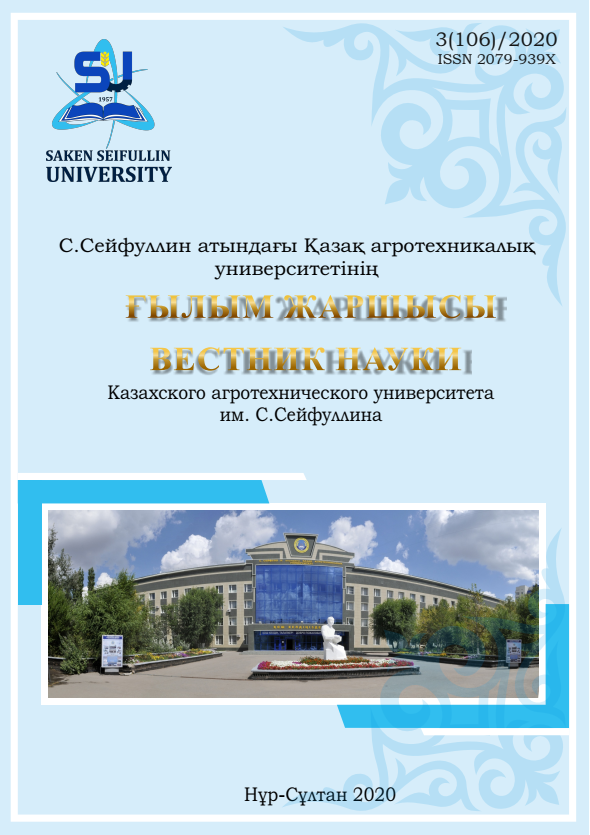EVALUATION OF NDVI AND QY VALUES FOR SCREENING A SOYBEAN COLLECTION FOR DROUGHT TOLERANCE
DOI:
https://doi.org/10.47100/herald.v1i3.72Keywords:
soybean, collection, drought-tolerance, phenotyping, irrigated, non-irrigated, NDVI, QYAbstract
The article presents the results of analysis of NDVI and QY – soybean plant biomass accumulation indicators – which are measured with Green Seeker and Fluor Pen 100 devices. The studied soybean collection material was grown in conditions of southeast of Kazakhstan and had two treatments applied to it: soybean varieties were irrigated in one set of plots and left without irrigation in the other set of plots. Based on the evaluation of the growing season duration, depending on the sum of the positive temperatures accumulated during the growing season, the collection material of the irrigated plots was divided into 6 maturity groups and material of the non-irrigated plots was divided into 7 maturity groups. To identify the drought-tolerant forms, the productivity indicators of the soybean varieties were evaluated. In the absence of irrigation during vegetative period, the values of NDVI were in the range of 0.72-0.88 for drought-tolerant soybean samples, and in the range of 0.62-0.70 for the samples that are not drought-tolerant. The QY levels for drought-tolerant soybean samples, in the absence of vegetative irrigation, were in the range of 0.68-0.71, and for the samples not tolerant to drought – in the range of 0.56-0.67. Soybean samples of the collection had different levels of tolerance to the drought stress as reflected by NDVI and QY. The results of productivity evaluation were confirmed by measurements of the NDVI and QY, thus, it was demonstrated that these latter indicators can be used as additional markers in screening for drought tolerance.

